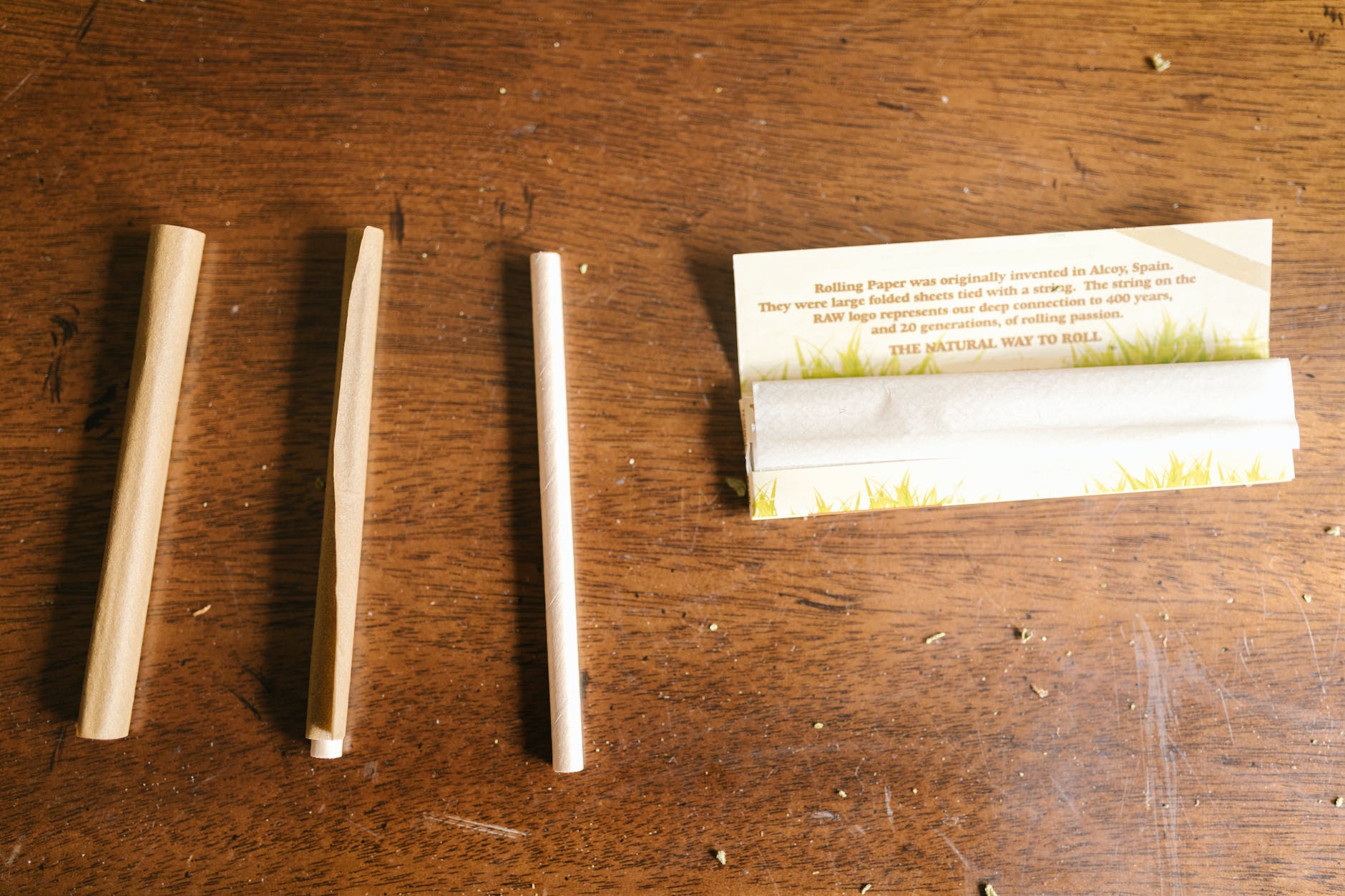Cannabis has traversed the confines of taboo and entered mainstream conversations for its medicinal and recreational capacities. With its versatile usage and multiplying public acceptance, many prefer different techniques to consume cannabis over traditional smoking. Here, we delve into a comprehensive guide on varied cannabis consumption methods including smoking marijuana, vaporization, ingesting edibles, to application of cannabis oils, tinctures, topicals, as well as trending methods like dabbing, sublingual administration, transdermal patches, and suppositories.
Smoking Marijuana
Smoking remains a prevalent method of cannabis consumption. It typically engages grinding the marijuana and rolling it up in a joint, sticking it into a pipe or a bong. While usually economical and effective, continuous smoking poses health hazards related to lung health.
Vaporization
As a healthy substitute to smoking marijuana, vaporization is steadily gaining fame. A vaporizer heats cannabis to a point where the cannabinoids get released without burning the plant material. It offers an immediate, odorless, and discrete experience.
Edibles
Another popular cannabis consumption method is through edibles – food products infused with cannabis, often found as cookies, chocolates, and gummies. Edibles proffer a prolonged and potent effect; however, the onset of its effect is comparatively lengthy, taking anywhere from 30 minutes to 2 hours.
Cannabis Oils
Cannabis oils, made from extracting the cannabinoids from the cannabis plant, are extremely potent and usually consumed orally. They provide all the benefits of cannabis without necessarily experiencing psychoactive effects.
Tinctures
Tinctures are alcohol-based cannabis extracts available in dropper bottles. A few drops under the tongue can deliver its effects quickly due to the abundance of blood vessels in that area – a method known as sublingual administration. It’s quite discrete and offers the opportunity for precise dosage control.
Topicals
Topicals are cannabis-infused lotions, balms, or oils applied directly to the skin to relieve pain or inflammation. They interact with the body’s endocannabinoid system but do not produce a “high” feeling, making them a popular choice for localized pain relief.
Dabbing
In the method of dabbing, a small, concentrated amount of cannabis is heated on a hot surface, usually a nail, and then inhaled. It provides immediate effects, but the high potency has also led to controversy about its safety.
Sublingual Administration
Sublingual administration involves absorbing cannabis directly into the bloodstream via the mucous membrane under the tongue. It provides quick effects, usually in around 15-30 minutes, and is often preferred by patients needing immediate symptom relief.
Transdermal Patches
Transdermal patches contain a measured dose of cannabinoids that is absorbed through the skin into the bloodstream. They enable sustained release over several hours, which can be beneficial for conditions like chronic pain.
Suppositories
While not as popular, cannabis-infused suppositories offer efficient absorption and fast relief. With rectal administration bypassing the liver, it ensures higher cannabinoid presence in the bloodstream.
Conclusively, these diverse methods offer a wide range of effects and usage experiences. Each method displays distinct advantages and downsides, and the choice generally depends upon the individual’s requirements, lifestyle, and health condition. Whether you prefer the ceremonial practice of smoking marijuana or the discrete convenience of edibles, keep in mind to always prioritize safe consumption practices.
With the ongoing research, the list of cannabis consumption methods will surely continue to expand, offering even more ways to consume the incredible plant.
Note: Always consult with a healthcare provider before starting or stopping any new treatment or supplement, including cannabis products.

